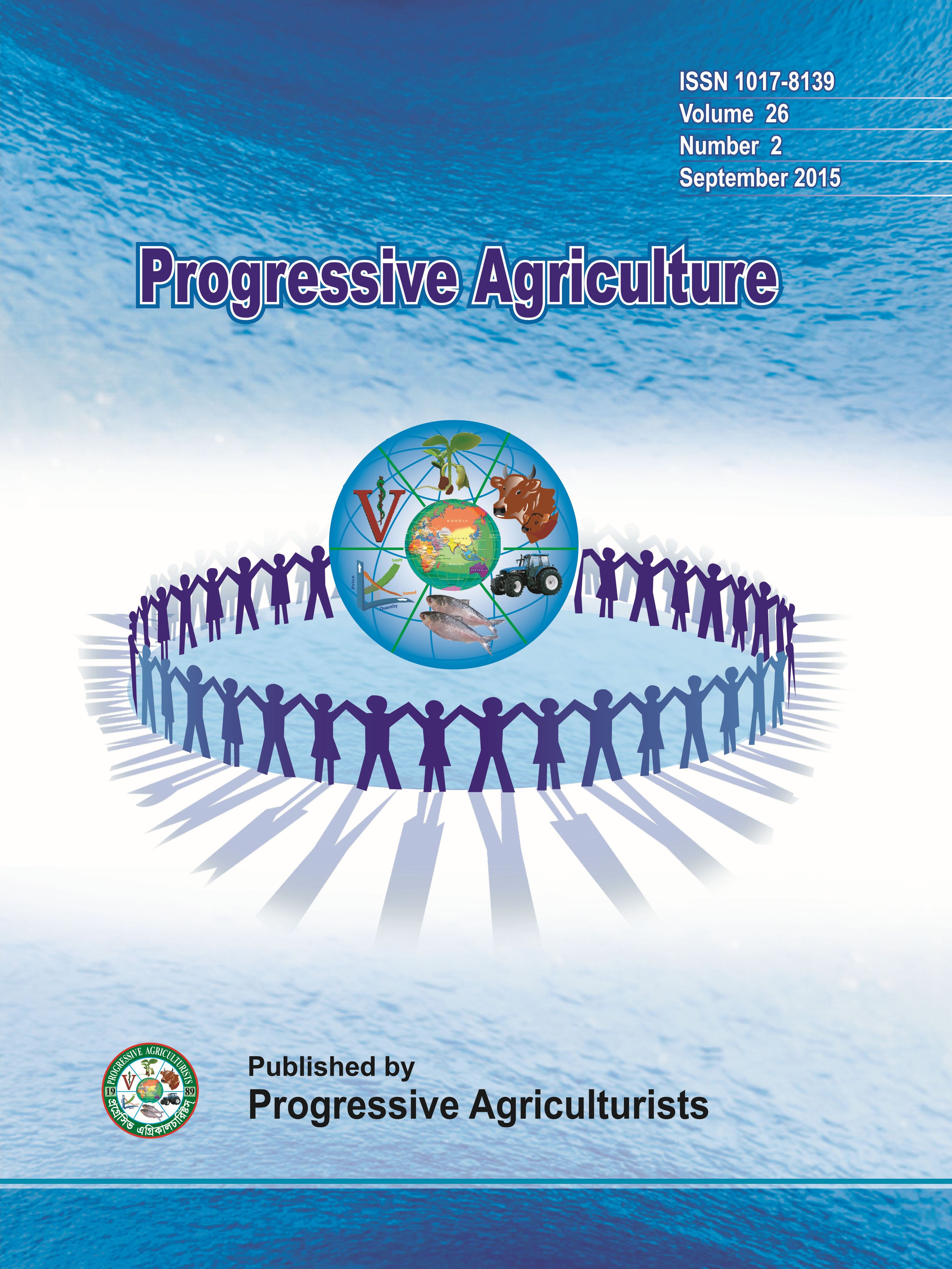Strength properties of plastic bottle bricks and their suitability as construction materials in Bangladesh
DOI:
https://doi.org/10.3329/pa.v27i3.30833Keywords:
Waste PET bottles, bottle brick, waste reduction, construction material, strength propertiesAbstract
Among several waste reduction strategies, one that is gaining momentum is the development of construction materials that reuses a number of solid wastes. The bottle brick is one such invention. Waste Polyethylene Terephthalate (PET) bottles packed with other dry solid wastes or sand and earth has been successfully used in a number of countries around the world. This study looked into the strength properties of waste PET bottles filled with fine sand. Five different sizes (250, 500, 1250, 1500 and 2000ml) of waste PET bottle bricks were tested for compressive strength and the largest bricks gave a compressive strength of 17.44MPa. The 1000ml bottle brick filled cubes with 9 and 12 bottles were prepared and tested. The 9 bottle brick filled cubes gave a compressive strength of 35MPa and the 12 bottle bricks filled cubes gave a compressive strength of 33.7MPa. These bottle brick filled cylinders exhibited double the compressive strength of conventional concrete cylinders.
Progressive Agriculture 27 (3): 362-368, 2016
Downloads
344
258

